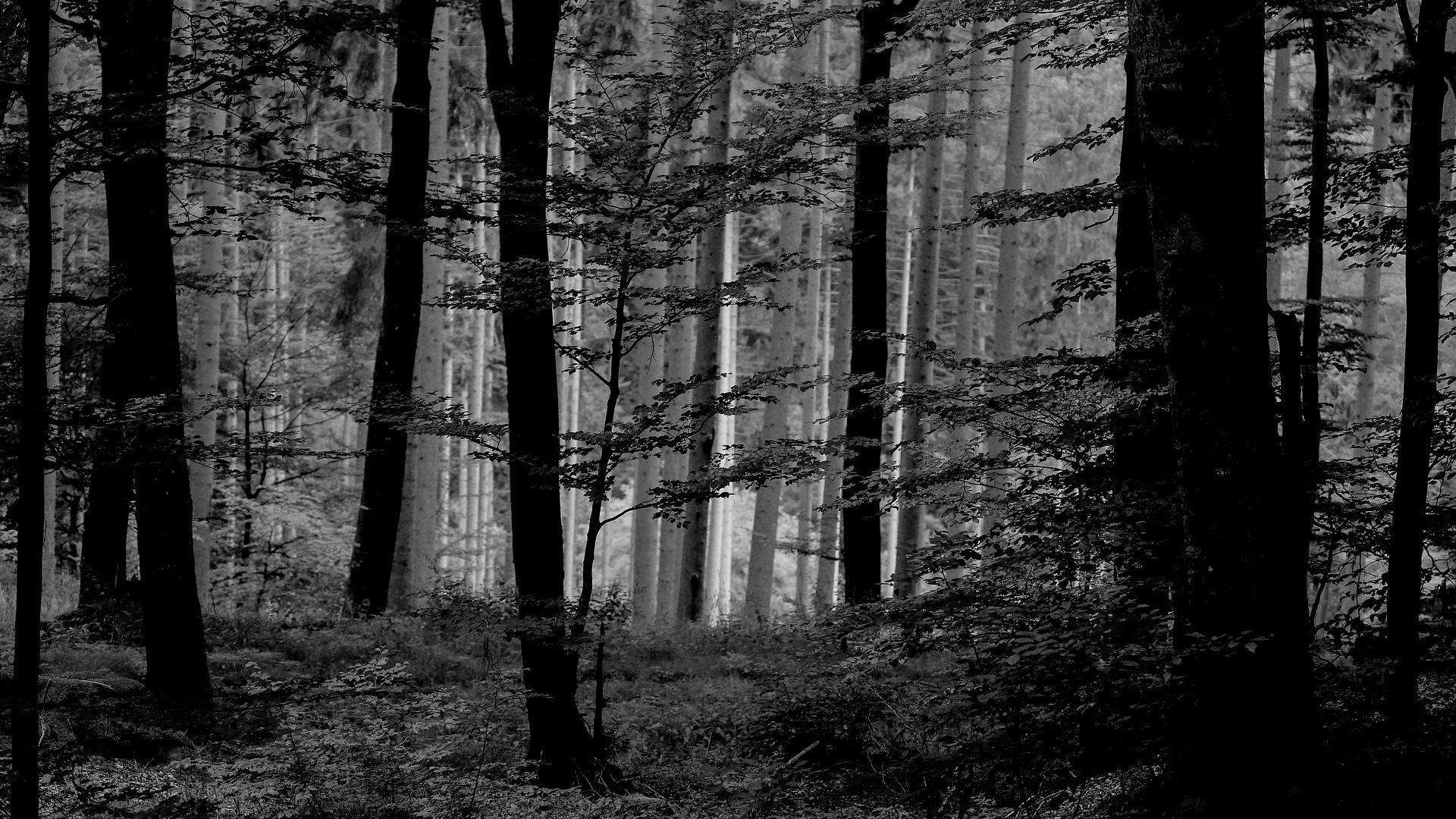Introducing the “Dime Novel Defender” review series
 I don’t think I’m surprising anyone when I say we’re living in the Age of the Nerd. Science Fiction, Fantasy, and Horror are now so common, you can’t channel surf without seeing an award-winning actor portraying a vampire, robot, or wizard. Summer blockbusters are all comics now, and video games make up a billion dollar industry. It’s been a long time coming, and I’m not talking about years or even decades. Genre fiction has been fighting an uphill battle for over a century, and it all started with the Dime Novel.
I don’t think I’m surprising anyone when I say we’re living in the Age of the Nerd. Science Fiction, Fantasy, and Horror are now so common, you can’t channel surf without seeing an award-winning actor portraying a vampire, robot, or wizard. Summer blockbusters are all comics now, and video games make up a billion dollar industry. It’s been a long time coming, and I’m not talking about years or even decades. Genre fiction has been fighting an uphill battle for over a century, and it all started with the Dime Novel.
Known as “Penny Dreadfuls” in England, Dime Novels were cheaply printed and often poorly written. They covered a wide range of topics, including everything from Westerns, Romance, and Detective stories, to Gothic novels, Horror, and Pulp Magazines.These stories were marketed towards the young working class, and were often serialized, making them the predecessors to today’s monthly comics. If we wanted to make the leap, we could even say that Dime Novels are the grand daddy of today’s TV shows, multi-part book series, and film franchises.
Thanks to the Industrial Revolution and new printing techniques, distribuiton methods, and increased literacy, these books enjoyed wide distribution. Sure, they were often poorly written, but to write them all off would ignore the fact that stories like Varney the Vampire inspired the likes of Dracula. Edgar Allen Poe published in periodicals, and Robert E Howard printed Conan the Barbarian yarns in the infamous pulp magazine Weird Tales. Many of the characters, themes, and ideas we find in today’s movies, comics, and TV shows have their roots in Penny Dreadfuls and their ilk.
These days, Dime Novels get a bad rap. It’s a term used to describe a crappy story pounded out in a drunken weekend with no substance, something cashing in on the latest pop culture fad. Sure, there’s books like that. There’s also genre genius hiding in the greasy gutters of the iStore. There’s also the next Lovecraft or Moorecock writing to a small but loyal audience on the Kindle. At your local bookstore, your neighbor is signing copies of his new epic fantasy series that you should really get off your high horse and read.
Here in the Information Age, we’re seeing the exact same set of circumstances that led to the initial birth of genre fiction. Thanks to the internet and widespread use of e-book readers, we have a system that allows anyone to publish their stories and make them available cheaply and easily to a new generation of fans all over the world. The internet is exploding with new genre offerings waiting to be discovered and shared. So do yourself a favor and spend a couple bucks on that interesting looking Kindle book with the 2 reviews. You know the one. Be sure to let us know if you find anything good.

